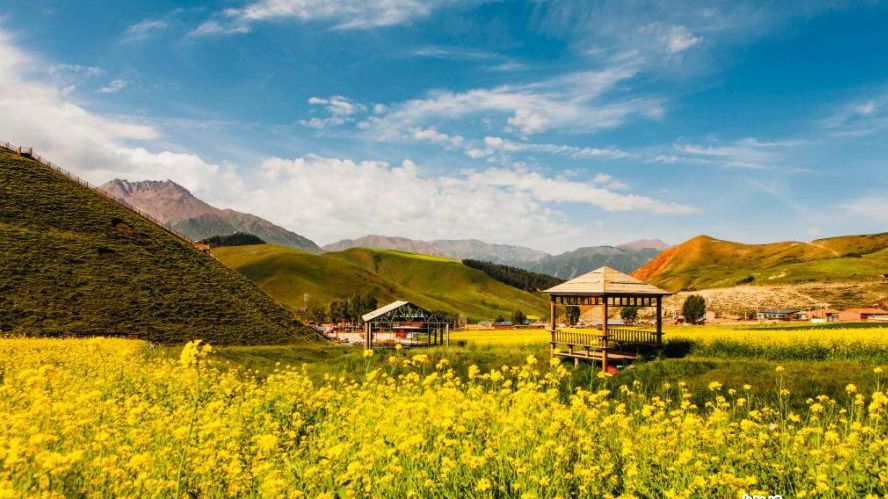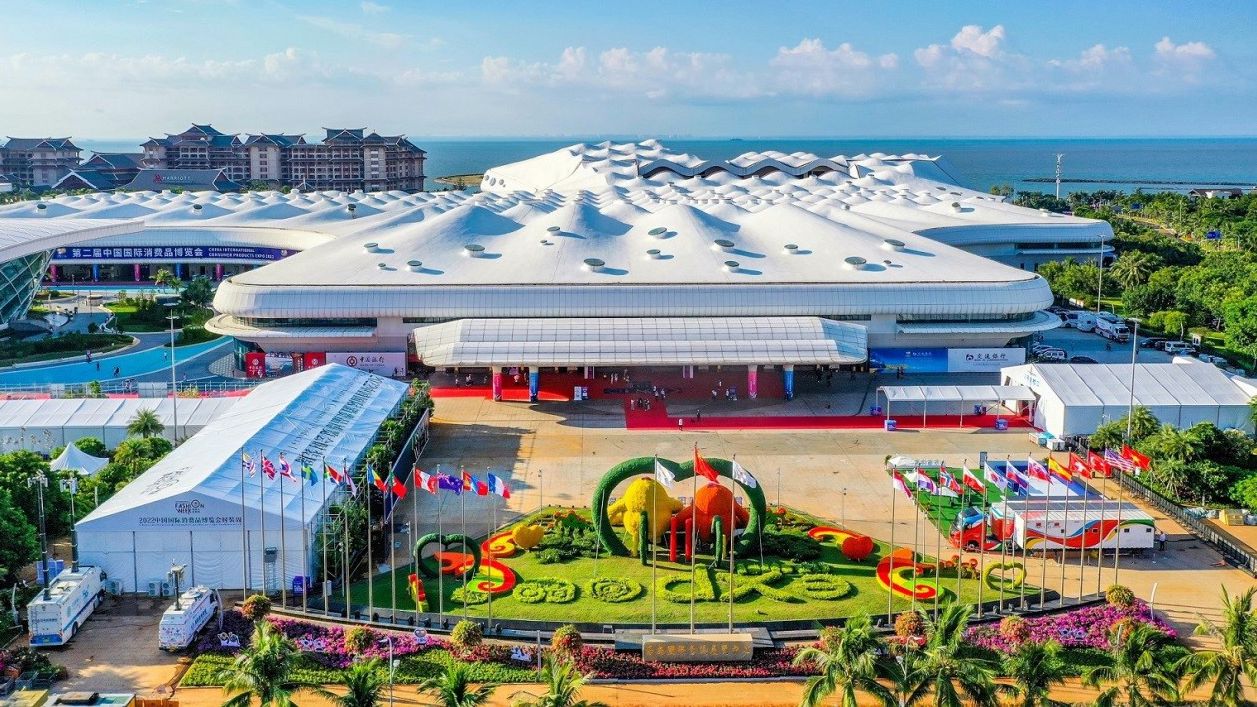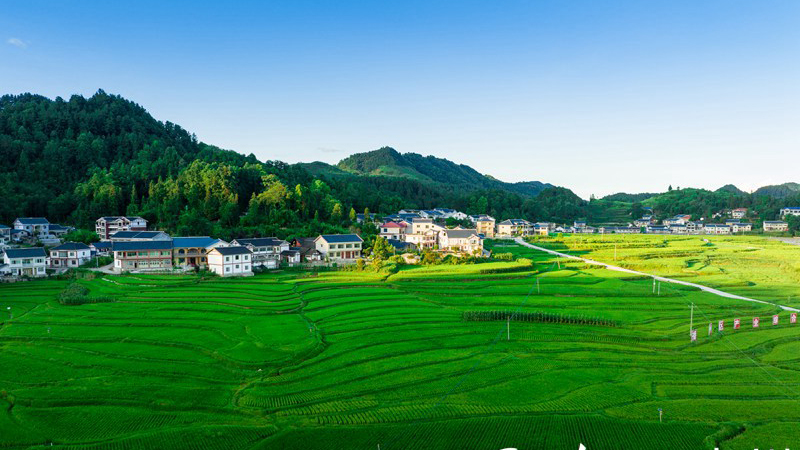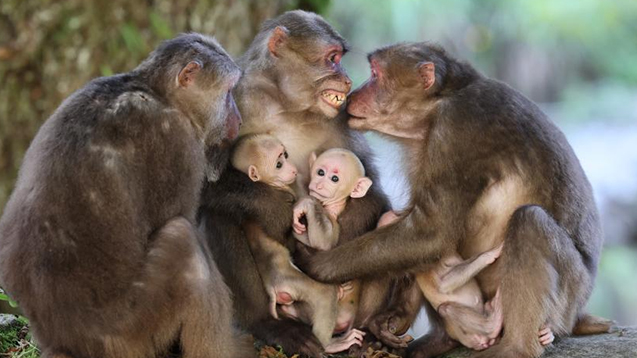Nation leads the way on heritage protection

Repairs are made to a 14th century sculpture in a grotto near the Yangtze River in Chongqing. XINHUA
President's visits to cultural sites underscore need to safeguard the past
Editor's note:China Daily is publishing a series of stories reviewing President Xi Jinping's visits at home and abroad in the past decade to showcase his vision for development in China and the world.
Even though he is 67, Zhang Heshan still climbs the mountain near his village every morning, which he has done since childhood.
He is looking for rubbish, weeds and anything else that could pose a threat to a section of the Great Wall near his hometown.
It takes Zhang five hours to conduct an inspection of this part of the wall, which spans 6 kilometers, includes 23 watchtowers and is located about 40 kilometers from Qinhuangdao, Hebei province.
"The Great Wall is a precious legacy left by our ancestors. Only by protecting its integrity can we enable future generations to experience its culture and spirit in the same way that we do," he said.
Zhang added that he volunteered for the protection efforts before becoming one of about 6,000 official rangers for arguably China's best-known landmark.
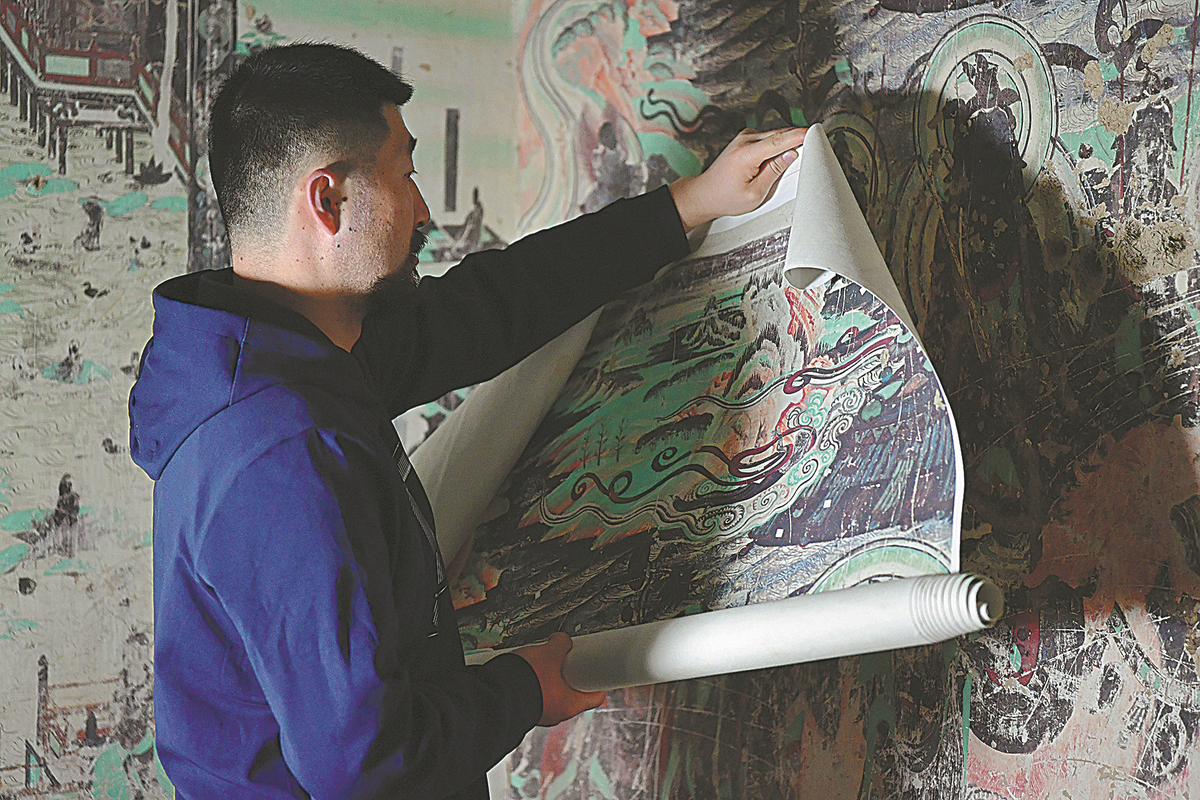
Murals are copied at the Mogao Grottoes in Dunhuang, Gansu province. CHEN BIN/DU ZHEYU/XINHUA
With the nation stepping up efforts to protect cultural relics over the past decade, Zhang has won greater recognition for his work. The government also provides him with an annual subsidy of 6,000 yuan ($888) and he is regularly invited to speak at meetings called to discuss protecting and exploring the Great Wall.
Preserving the wall, which has a total length of more than 21,000 km and stands as a symbol of the Chinese nation, has been prioritized by policymakers led by President Xi Jinping, who has made cultural heritage protection a centerpiece of his domestic agenda over the past decade.
Xi has spearheaded a national campaign during the past 10 years to boost the conservation and exploration of China's cultural heritage with his visits to different domestic sites on numerous fact-finding trips.
Liu Qingzhu, an archaeology researcher at the Chinese Academy of Social Sciences, said Xi has taken the protection of cultural heritage to an unprecedented level since being elected general secretary of the Communist Party of China Central Committee in November 2012.
"Under President Xi, cultural heritage protection has truly become a major issue for the nation," he said.
Liu added that the president has visited the nation's major cultural heritage sites, where he has called for heightened attention and efforts to safeguard cultural relics.

Murals are copied at the Mogao Grottoes in Dunhuang, Gansu province. CHEN BIN/DU ZHEYU/XINHUA
Greater emphasis
Over the past decade, Xi has issued more than 100 important instructions on protecting cultural relics. He has also presided over a series of top leadership meetings called to deliberate on key policy documents aimed at safeguarding cultural heritage.
"Historic culture is the soul of a city, and we must protect the historic and cultural heritage of a city in the same way that we cherish our own lives," Xi told officials in Beijing during a fact-finding trip in 2014.
He highlighted the need for the city, one of the world's ancient capitals, to ensure the sound preservation of its rich cultural heritage during the urban development process.
As part of the city's overall plan up to 2035, which was issued in 2016, the capital will no longer tear down its old urban areas and hutong, or alleyways, and give greater priority to the preservation and rejuvenation of ancient towns.
In February, Li Qun, head of the National Cultural Heritage Administration, wrote in an article that China has placed unprecedented policy emphasis on boosting the protection and use of cultural relics and enabling various sides to play a part in conserving cultural heritage.
He said the heightened policy emphasis has helped the nation better learn about the origins, development and achievements of Chinese civilization and the contributions made by the nation to humankind.
According to the National Cultural Heritage Administration, the number of museums in China reached 6,183 this year, a rise of 60 percent on the total in 2012. The number of cultural heritage items placed under State protection has more than doubled since 2012, with the nation adding eight world cultural heritage sites during this period.
The central government has allocated funding of more than 100 billion yuan over the past decade as part of broader efforts to improve cultural heritage protection.
China now boasts nearly 767,000 immovable cultural heritage sites, 56 world cultural heritage venues and 36 national archaeological parks.
Fan Jinshi, an 81-year-old archaeologist who has devoted her life's work to studying the ancient Dunhuang culture, has met with President Xi five times.
The president first greeted her in 2013 at a meeting honoring role models, where he immediately recognized Fan and described her as an expert on Dunhuang cultural studies.
Dunhuang, home to the Mogao Grottoes UNESCO World Heritage Site in Gansu, was the first stop on Xi's four-day trip to the province in August 2019, when he visited an exhibition of cultural relics and academic works, and presided over a symposium with experts from the Dunhuang Academy.
He encouraged scholars, including Fan, to explore the philosophy, humanistic spirit, values and ethnic codes of Dunhuang culture and reveal the cultural spirit of the Chinese nation.
In an interview with People's Daily, Fan said researchers at the Dunhuang Academy were overjoyed by Xi's visit. The president told them that preserving cultural relics in Dunhuang and researching them would require lifelong efforts, and he hoped the researchers would view their work as a long-term career.
Xu Subin, deputy director of the International Research Center for Chinese Cultural Heritage Conservation at Tianjin University, said the nation is now among the leading countries in terms of the emphasis it places on preserving cultural heritage.
The significance given to this issue by the top leadership has boosted the morale of those involved in safeguarding and researching cultural heritage, she said.

Bronzeware is repaired at the Yunnan Museum in Kunming, Yunnan province. HU CHAO/XINHUA
Reliving the past
One of the key messages delivered by Xi during his visits to cultural heritage sites was the need to explore the long history of the Chinese nation and the depth of its culture through relics.
In 2017, he visited a cultural museum in Hepu county, Guangxi Zhuang autonomous region, where he inspected cultural relics, including ancient bronze items, pottery and glasses unearthed from a Han Dynasty (206 BC to AD 220) tomb.
Xi said the exhibition, themed on the ancient maritime Silk Road, was a telling example of history and culture. He stressed that efforts must be made to give cultural relics, history and culture "a voice", and that historical research and inheritance should be strengthened.
During a visit in 2019 to Jiayu Pass, the first fortress at the western end of the Great Wall in Gansu, Xi said the wall is a key symbol of the Chinese nation and its civilization.
He called for steps to be taken to examine the cultural value of the wall and to better protect its heritage to advance the national spirit.
To better protect one of China's most-prized assets, a grand plan to develop a national cultural park for the Great Wall was issued in December 2019, with the aim of integrating cultural relics and resources in the 15 provincial areas along the wall.
Zhang, the ranger, said he has been invited to speak at a number of symposiums on establishing the park.
To better educate the public about the wall, Zhang gives details of his observations during patrols via livestreaming platforms and short videos. He now has 392,000 fans on the short-video platform Douyin.
Zhang said he is optimistic about the national cultural park, adding, "It will inevitably result in a better transportation network for our village, and perhaps some job opportunities with the development of scenic spots and the influx of tourists."
Building confidence
Experts said one of the reasons Xi has championed China's heritage protection over the past decade is to bolster the nation's cultural confidence.
Xu, from Tianjin University, said, "President Xi has underscored cultural heritage protection to protect China's cultural genes.
"Without such protection, there will be no material evidence of a civilization that has existed for 5,000 years."
Liu, from the Chinese Academy of Social Sciences, said Xi has emphasized the combination of Marxism and China's traditional culture, and also the close links between socialism with Chinese characteristics and the nation's civilization.
He added that the president has given cultural protection a political perspective and has associated such efforts with China's cultural confidence. "The more efforts are made to explore China's fine traditional culture and historic heritage, the more confident the nation will be in its past and future," Liu said.
Photos
Related Stories
Copyright © 2022 People's Daily Online. All Rights Reserved.






